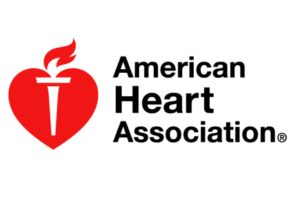 American Heart Association
American Heart Association
January 11, 2022
Healthy eating starts with healthy food choices. You don’t need to be a chef to create nutritious, heart-healthy meals your family will love. The American Heart Association provides 5 tips to help learn what to look for at the grocery store, restaurants, your workplace and any eating occasion:
- Read food nutrition labels, even for so-called “healthier” foods. Ingredients and nutrient content can vary a lot by brand and preparation. When there’s more than one choice, compare labels. Choose the item with the lowest amounts of sodium, saturated fat, trans fat and added sugars.
- Beware of sneaky ingredients. For example, sodium and added sugars go by many different names, making it harder to tell just how much is in there.
- Choose frozen, canned or dried produce when fresh isn’t available or practical. It can be just as nutritious as fresh, and will last longer. Choose canned fruit packed in water, light syrup or its own juice. With canned and frozen vegetables, choose the product with the lowest amount of sodium. Heavy syrups and sauces can add unwanted ingredients to your healthy fruits and veggies.
- Choose whole-grain foods. Lots of products claim to be, but there’s a simple way to know for sure. Look for the word “whole-grain” (or “whole” followed by the grain name) as the first item in the ingredients list. And we’re talking more than just bread. Include crackers, cereals, tortillas, pasta and other grain foods in your whole-grain quest.
- Look for the Heart-Check mark to quickly and easily identify foods that can be part of an overall healthy eating plan. When it’s on the label, you know the product has been certified by the American Heart Association to meet specific science-based nutrition requirements. The Heart-Check is easy to spot and takes some of the guesswork out of comparing Nutrition Facts label information.
